The gemstone world is filled with a myriad of stunning green jewels, each with its unique characteristics and fascinating history. Among these, peridot stands out with its vibrant green hue and intriguing origins. In this article, we delve into the captivating story of the peridot gemstone, starting from its origin and formation.
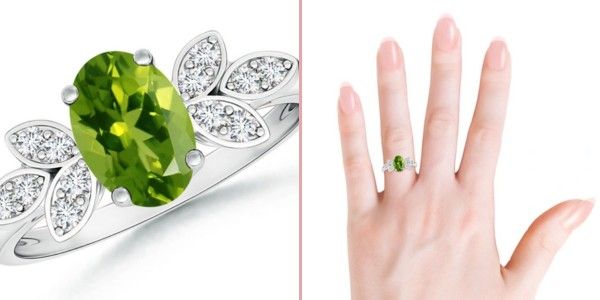
Formation
Unlike most gemstones that form in the Earth's crust, peridot has a much deeper origin - it forms in the Earth's mantle region, which lies several miles beneath the surface. The creation of this gemstone begins deep within the Earth's magma, where peridot crystals are formed.
These crystals are then brought to the surface through tectonic or volcanic activity, often found in extrusive igneous rocks. It can sometimes be an indicating mineral for nearby diamond deposits.
In rarer instances, peridot has made a celestial appearance on Earth, arriving here via meteorites. These extraterrestrial gems, known as Pallasite Meteorites, were first discovered in 1749 by Peter Pallas, a renowned German naturalist.
Origin
Unlike most gemstones that form in the Earth's crust, peridot has a much deeper origin - it forms in the Earth's mantle region, which lies several miles beneath the surface. The creation of this gemstone begins deep within the Earth's magma, where peridot crystals are formed.
These crystals are then brought to the surface through tectonic or volcanic activity, often found in extrusive igneous rocks. It can sometimes be an indicating mineral for nearby diamond deposits.
In rarer instances, peridot has made a celestial appearance on Earth, arriving here via meteorites. These extraterrestrial gems, known as Pallasite Meteorites, were first discovered in 1749 by Peter Pallas, a renowned German naturalist.
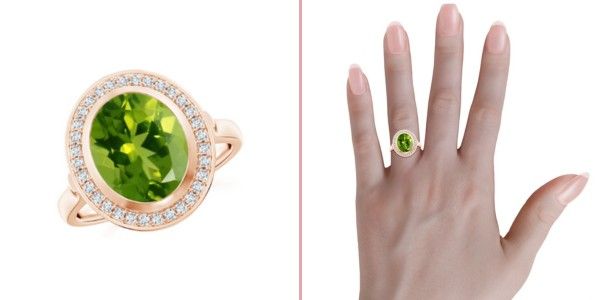
Historical Significance of Peridot
The history of peridot stretches back to Ancient Egypt, where it was highly treasured. The Egyptians mined peridot from the volcanic island of Zebargad in the Red Sea. Such was the value placed on this gemstone that the location of the island was kept a guarded secret. With the fall of the Egyptian empire, the island was lost to antiquity and was only rediscovered in 1906.
Peridot is one of the oldest known gemstones and has been mined as a precious stone for over 4,000 years. It holds a significant place in many cultures and civilizations due to its unique properties and vibrant color.
Peridot Jewelry
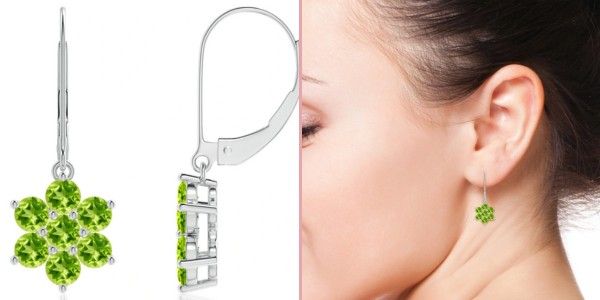
Peridot - August Birthstone
The tradition of birthstones can be traced back to the 1st century, when the Jewish historian Josephus proclaimed a connection between the twelve stones in Aaron's breastplate, the twelve months of the year, and the twelve signs of the zodiac. However, the modern list of birthstones was not defined until 1912 by the National Association of Jewelers in the USA.
Peridot was designated as the official birthstone for August in 1912. The reason behind this choice is thought to be linked to its vibrant green color that captures the essence of late summer. Moreover, peridot has a history that dates back to ancient times and it was often confused with emerald, another highly valued gemstone.
Peridot symbolizes strength and promises good fortune to those who wear it. Its name is derived from the French word 'peritot', meaning gold, reflecting the golden glow that can often be seen within the green of the gemstone.
Unfortunately, many people turn their noses up at peridot and are disappointed that it may be their own birthstone or that of a loved one. We are not sure why exactly, but peridot is highly underrated.
Below, we will show you stunning examples, that, if you are in the group just described, we hope will change your mind.
Interestingly, sardonyx, a stone that ranges from amber to bright green in color, was originally the August birthstone. Due to its similar coloring, peridot was often mistaken for sardonyx and was eventually adopted as the second August birthstone. Sardonyx comes in a wide array of colors, banded with white and/or black; it tends to be found more in men's jewelry designs than women's.
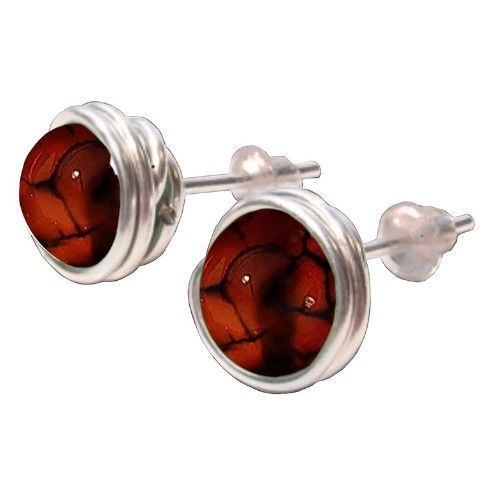
Today, both peridot and sardonyx are recognized as birthstones for August, offering those born in this month a choice of colors and properties.
Peridot is also known for being formed under extreme conditions, as it can be found in the hardened lava that carried it from deep within Earth's mantle as well as in meteorites that traveled from outer space. This unique formation process may have contributed to its selection as a birthstone, symbolizing strength. Peridot possesses great resilience. The peridot stone is not always appreciated as a gem, without good reason, but as you look at the pieces presented here you will see they are indeed gorgeous stones.
Peridot Stones - Gemological Properties
CHEMICAL COMPOSITION: Mg2SiO4 Magnesium Silicate
MINERAL NAME: Olivine
CRYSTAL HABIT: Orthorhombic System
REFRACTIVE INDEX: 1.65-1.69
COLOR RANGE: Peridot is one of the few gems that come in only one hue in a variety of shades: Green. Yellowish-green, lime to olive-green, lime-green, and a darker shade of brownish-green
HARDNESS: 6.5-7
CAUSE OF COLOR: Iron
SOURCES INCLUDE: Arizona USA (90% of the world's supply), China, Pakistan, India, Myanmar, Sri Lanka, and Africa. Peridot has also been found inside meteorites
ENHANCEMENTS: None
LAB-CREATED: None
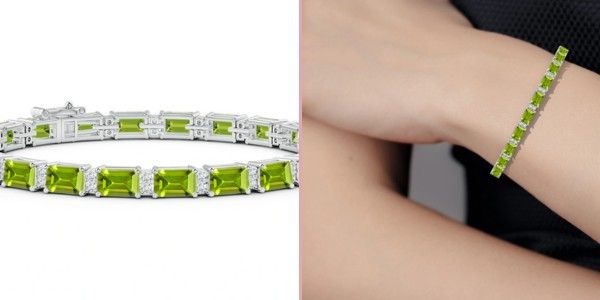
The Unique Qualities of Peridot
Peridot is distinctive in that it naturally occurs in just one color: green. The shade of green varies from yellow-green to brown-green, with the most valuable being dark-olive green. The color is dependent on the iron content within the crystal structure of the gemstone.
Today, peridot mines can be found in various parts of the world including Arizona, Hawaii, Nevada, New Mexico, North Carolina, and Vietnam, which is an important source of peridot for the international gem market.
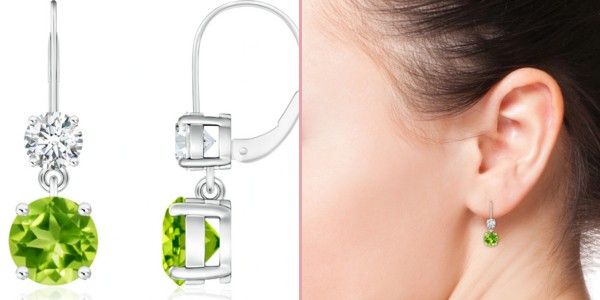
FAQs
How should I care for my peridot jewelry?
Peridot should be cleaned with mild liquid soap: use a soft toothbrush or cloth and warm water. Avoid ultrasonic cleaners and steamers. Also, protect it from scratches and sharp blows.
What is the origin of peridot?
Peridot forms deep within the Earth's mantle and is brought to the surface through volcanic lava eruptions. It can also be found in meteorites.
Why is peridot always green?
The color of peridot is due to the presence of iron within its crystal structure. The shade of green can vary from yellow-green to brown-green to dark green, depending on the amount of iron present.
Where is the best quality peridot found?
High-quality peridot has traditionally been found in Myanmar and Pakistan. However, Arizona in the United States is now one of the largest sources of this gemstone.
Is peridot a birthstone?
Yes, peridot is the birthstone for August. It symbolizes strength and is said to bring good fortune to the wearer.
Does peridot scratch easily?
Yes, peridot is relatively soft - it measures 6.5 to 7 on the Mohs hardness scale. It can scratch easily if not handled with care. Should it become scratched it can be re-polished by a lapidary.
What is the historical significance of peridot?
The ancient Egyptians mined peridot on the Red Sea island of Zabargad, the source for many large fine peridots found in the world's museums.
Is peridot found in meteorites?
Yes, in rare instances, peridot has been found in meteorites. Extraterrestrial peridot is known as Pallasite Meteorites. But Arizona remains the primary source.
What does the name 'peridot' mean?
The name 'peridot' comes from the French word 'peritot', which means gold. This is thought to reflect the golden glow that can often be seen within the green of the gemstone. It has also been called evening emerald.
How is peridot used in jewelry?
Peridot is often cut into faceted stones and used in all types of jewelry, including rings, earrings, pendants, and bracelets. It is also sometimes carved into beads or cabochons. Large peridots from large crystals with fine colors are often used by top designers in statement jewelry.
Care and Cleaning of Peridot
Basic jewelry cleaning is safe, that is warm water, mild liquid soap, and a soft bristle brush. Avoid steam and ultrasonic cleaners. You can also use a mild jewelry cleaner as recommended below.

In Conclusion
Peridot, known as the stone of compassion, is believed to bring good health, restful sleep, and peace to relationships by balancing emotions and mind. This gemstone is known for its greenish-yellow coloring and ranges from a solid green to green with hints of brown or yellow. When cut and polished, peridot has an attractive vitreous luster. These gems are typically faceted due to their excellent transparency.
Peridot is made of isomorphic olivine, silicate, magnesium, and iron in an orthorhombic crystal system. The healing properties and metaphysical properties of Peridot are wonderful and the gemstone is capable of healing emotionally, spiritually, and physically.
With its long history and beauty, peridot is a gorgeous green gemstone and rivals other green gems such as green tourmaline, green varieties of garnet, or green quartz. So hopefully with the information here, peridot is now on your favorites list when it comes to gemstones.
Thank you for taking the time to read our article; we would love to hear from you, so please signup and leave your comments and questions below.
Happy Shopping!
Francesca de Granville, G.G. (GIA) F.G.A.
Related Articles you may also enjoy:
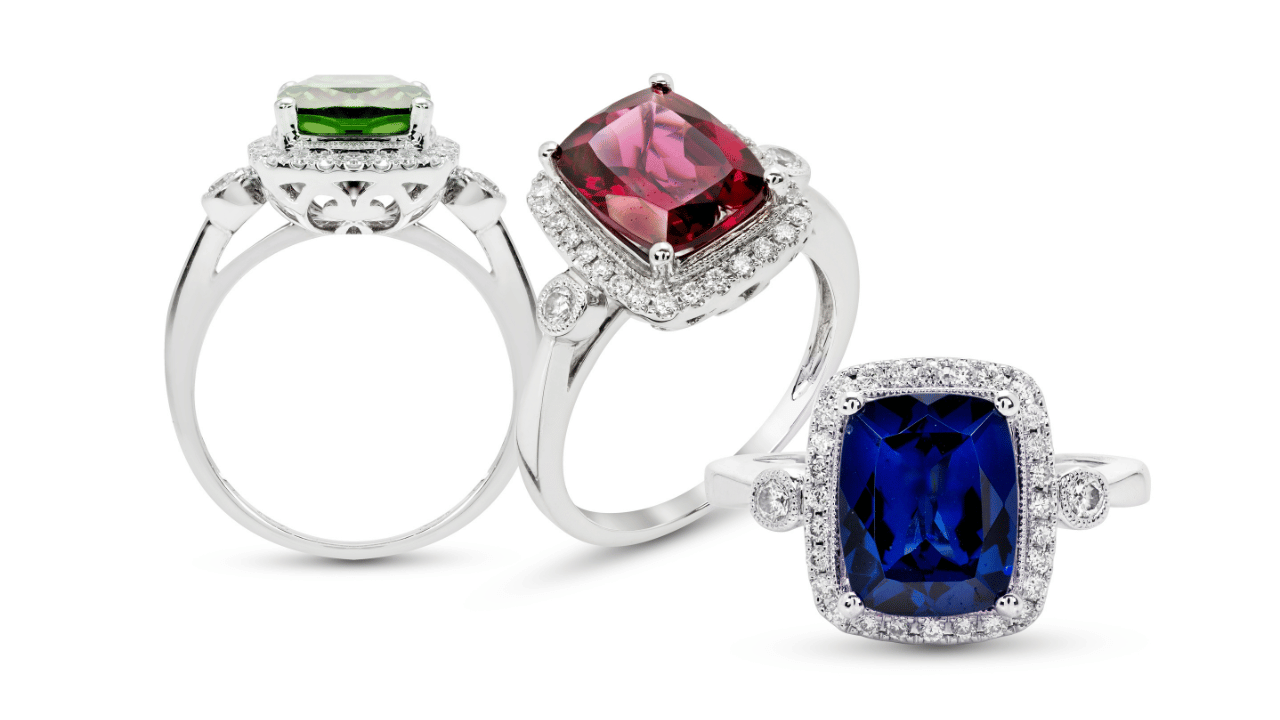
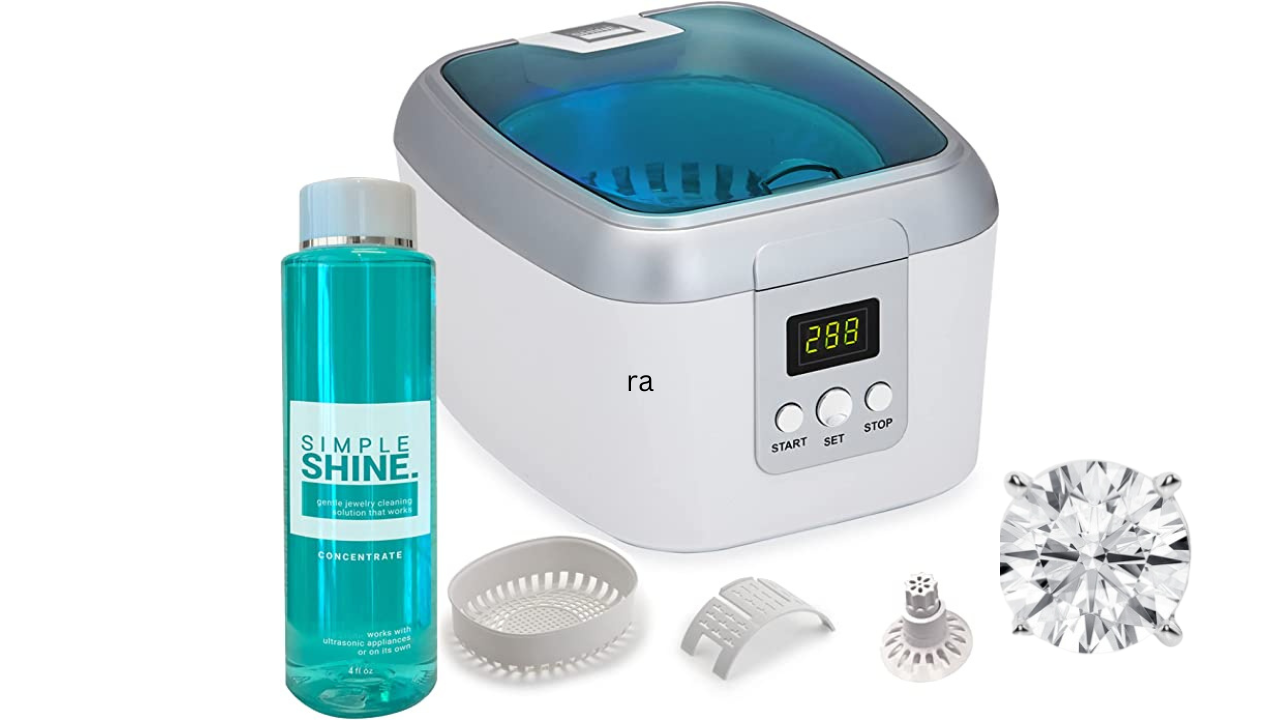



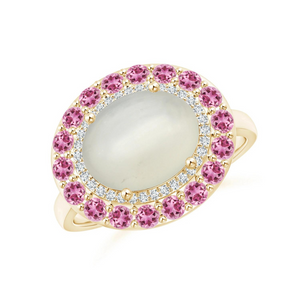
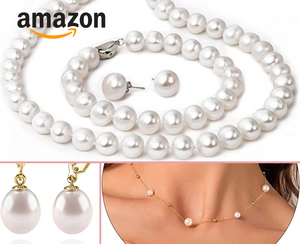
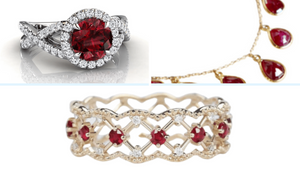


Member discussion